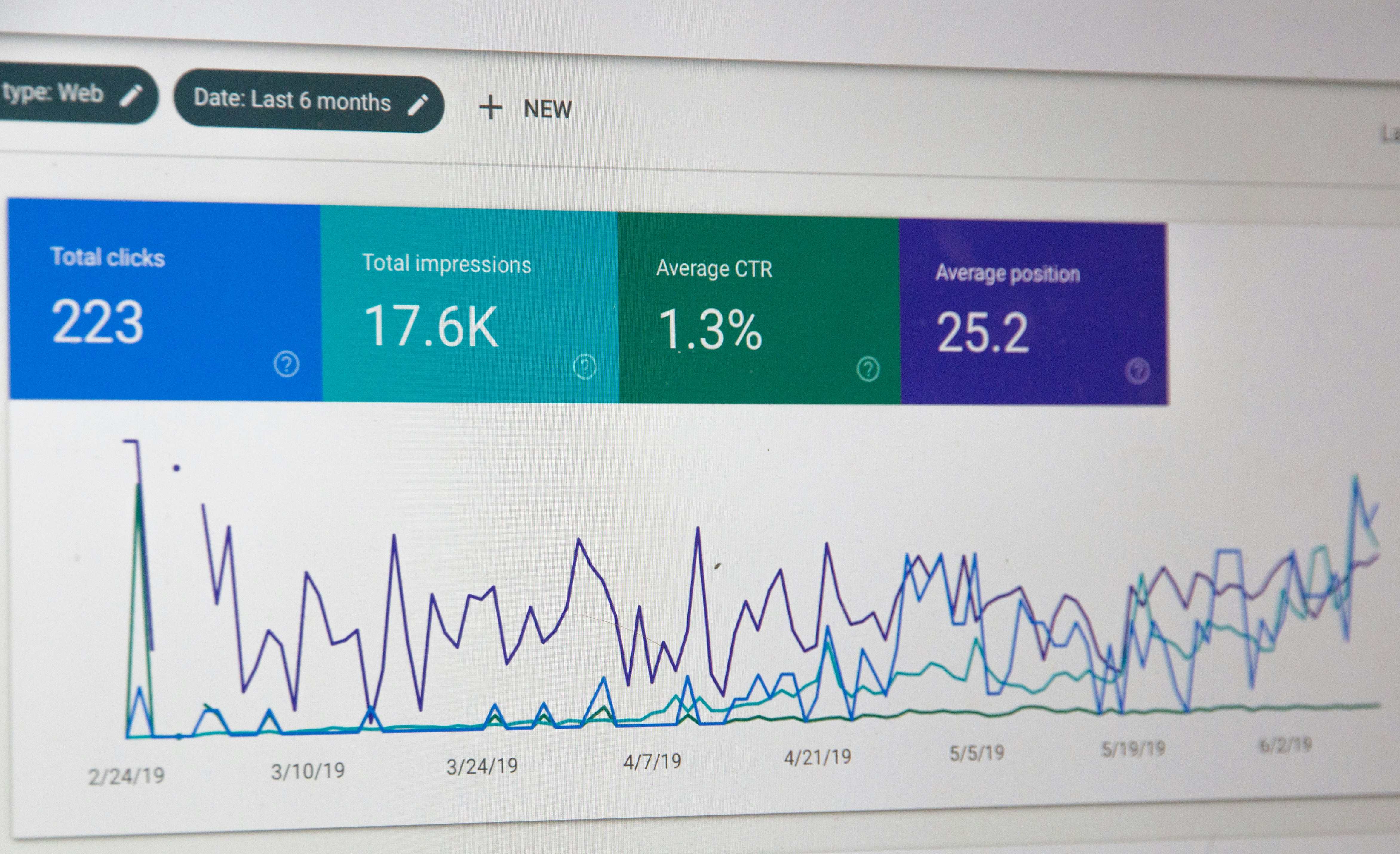Unlocking the power of VAHAN data to deliver real-time, predictive insights for India’s evolving vehicle market. This case study highlights how Flexidigit partnered with a leading automotive firm to build a future-ready intelligence platform.
With the rise of EVs, shifting consumer preferences, and regional market variations, India’s automotive industry demands sharper, faster insights. A leading automotive intelligence firm sought to address this need by building a real-time competitor tracking and predictive analytics platform.
By leveraging VAHAN—the national vehicle registration database—they aimed to deliver granular, actionable intelligence to OEMs, suppliers, and strategy consultants.
From Data Availability to Actionable Insight
Unstructured Data Complexity
VAHAN data varies across states in format and availability.
Limited Granularity
Existing tools lacked model, fuel-type, and district-level insights.
No Predictive Intelligence
No AI-driven forecasts to guide future planning.
Delayed Decision-Making
Dependence on monthly reports slowed market response.
Scalability & Accessibility
Dashboards were not tailored to diverse user roles or accessible.

Ingest and normalize VAHAN data from 1,300+ RTOs daily




Live Data Sync
Daily VAHAN data pulled and standardized using advanced ETL pipelines.
Vehicle-Based Views
Tailored views for 2W, 3W, 4W, and heavy vehicles with brand, fuel, and trend metrics.
Regional Insights
Analytics down to state, district, and RTO level for targeted insights.
ML models (ARIMA, LSTM, XGBoost) delivered accurate trend projections.
Fuel Mix Tracker
Tracked adoption patterns and shifts in fuel preferences across regions.
Real-Time Alerts
Real-time notifications, what-if scenario modeling, and peer performance tracking.
Daily Market Pulse
Real-time registration insights across 20+ states and 50+ districts.
Smarter Forecasts
Sales prediction accuracy improved by 35–40%.
Growth Zone Discovery
Identified 8 high-potential districts for dealer expansion.
EV Strategy Acceleration
Tracked EV penetration to guide model rollouts and infra planning.
Inventory Optimization
Production aligned with forecasted demand, reducing overstock.
Faster Decision Cycles
CXOs moved from static MIS to dynamic, weekly insight reviews.




